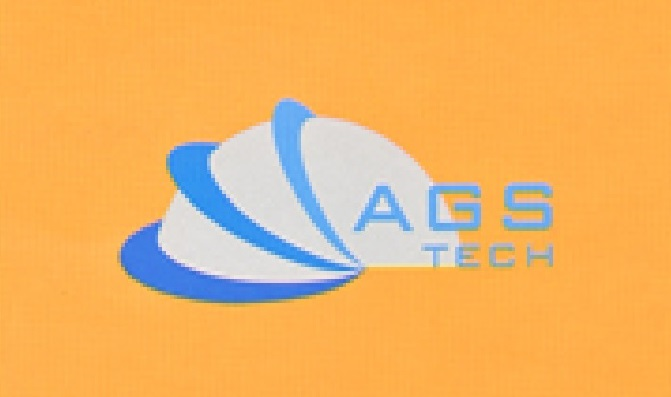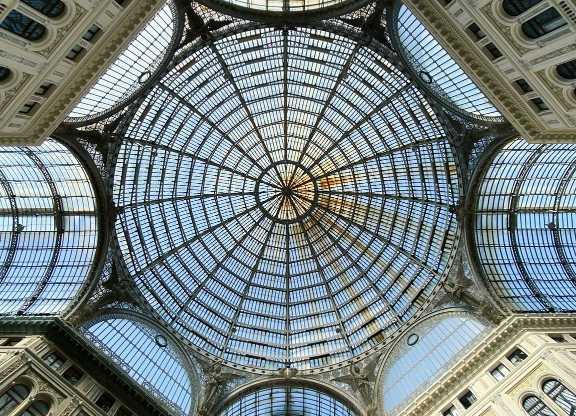Nonconventional Machining processes play a crucial role in modern manufacturing industries, offering a unique set of capabilities that traditional machining methods cannot achieve. Among these processes, abrasive waterjet, plasma, and laser machining are widely used for their ability to cut through tough materials with high precision. While each method serves a similar purpose, there are distinct differences between them that make each suitable for specific applications.
Abrasive waterjet machining involves using a high-velocity stream of water mixed with abrasive particles to cut through materials. This process is incredibly versatile, capable of cutting a wide range of materials, including metals, composites, ceramics, and even glass. Abrasive waterjet machining is known for its high accuracy and the ability to create intricate designs with smooth edges. It is also a cold cutting process, which means it does not generate heat that could potentially damage the material being cut.
Plasma machining, on the other hand, uses a high-temperature plasma arc to melt and remove material from the workpiece. This process is particularly effective for cutting through electrically conductive materials such as steel, aluminum, and copper. Plasma machining is known for its speed and efficiency, making it ideal for high-volume production runs. However, the heat generated during the process can lead to thermal distortion and warping of the workpiece, requiring additional steps to achieve the desired precision.
Laser machining utilizes a focused beam of light to melt, vaporize, or burn through materials. This process is highly precise and can achieve intricate details with minimal material waste. Laser machining is suitable for a wide range of materials, including metals, plastics, and ceramics. It is also a contactless cutting method, which reduces the risk of contamination and damage to the workpiece. However, laser machining can be limited by the thickness of the material being cut and may struggle with reflective or transparent materials.
In summary, each of these nonconventional machining methods offers unique advantages and limitations that make them suitable for different applications. Abrasive waterjet machining excels at cutting a wide variety of materials with high precision and smooth edges. Plasma machining is ideal for fast and efficient cutting of electrically conductive materials, while laser machining provides exceptional precision and versatility for a range of materials. Understanding the differences between these methods allows manufacturers to choose the most appropriate process for their specific needs, ensuring optimal results in their production processes.
For more information visit:
AGS-TECH, Inc.
https://www.agstech.net/
505-550-6501
6565 Americas Parkway NE, Albuquerque, NM 87110 USA
AGS-TECH, Inc. is a Global Custom Manufacturer, Integrator, Consolidator, Outsourcing Partner for a Wide Variety of Products & Services.
We are your one-stop source for manufacturing, fabrication, engineering, consolidation, integration, outsourcing of custom manufactured and off-shelf products & services. We also private label / white label your products with your brand name if you wish.

